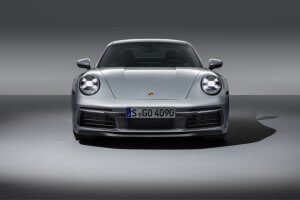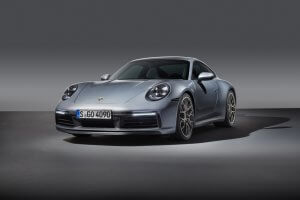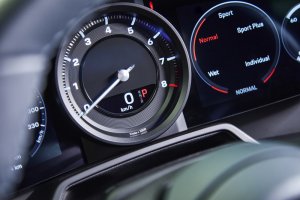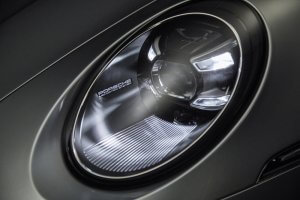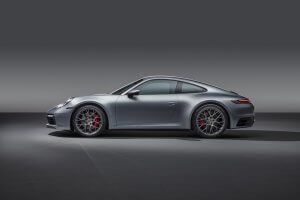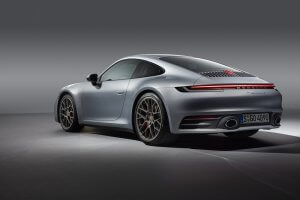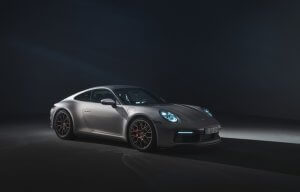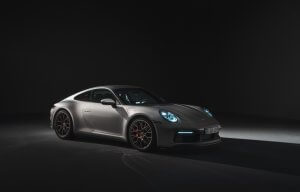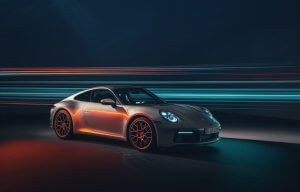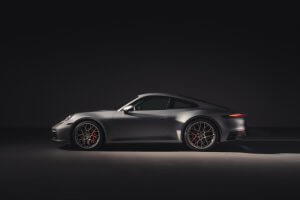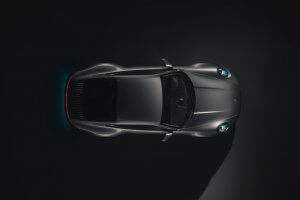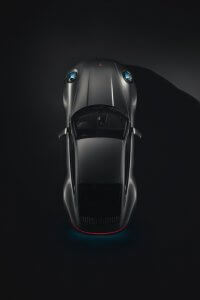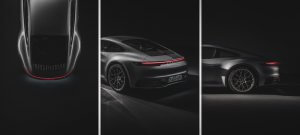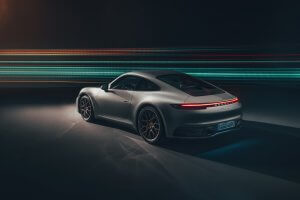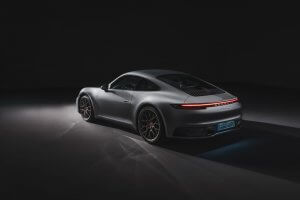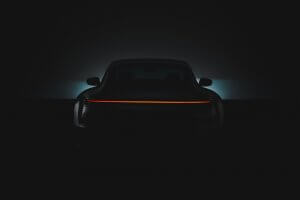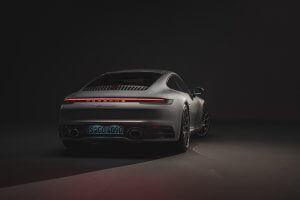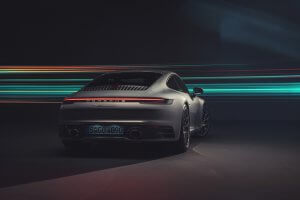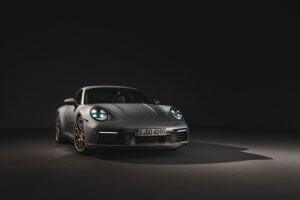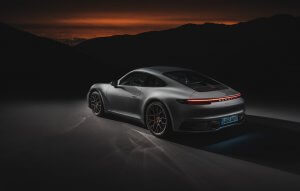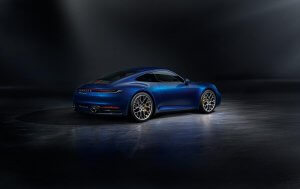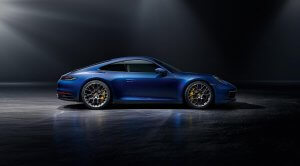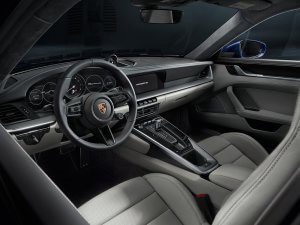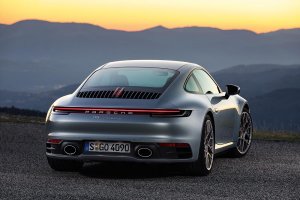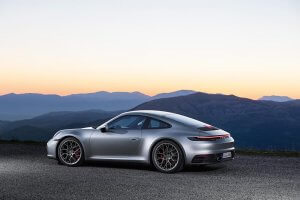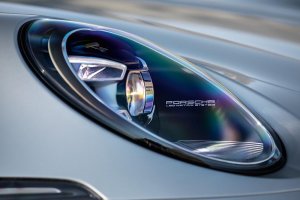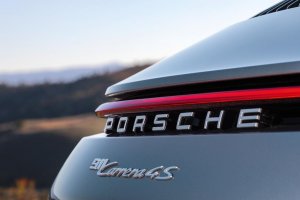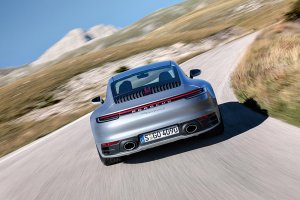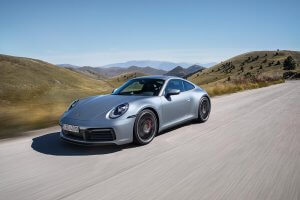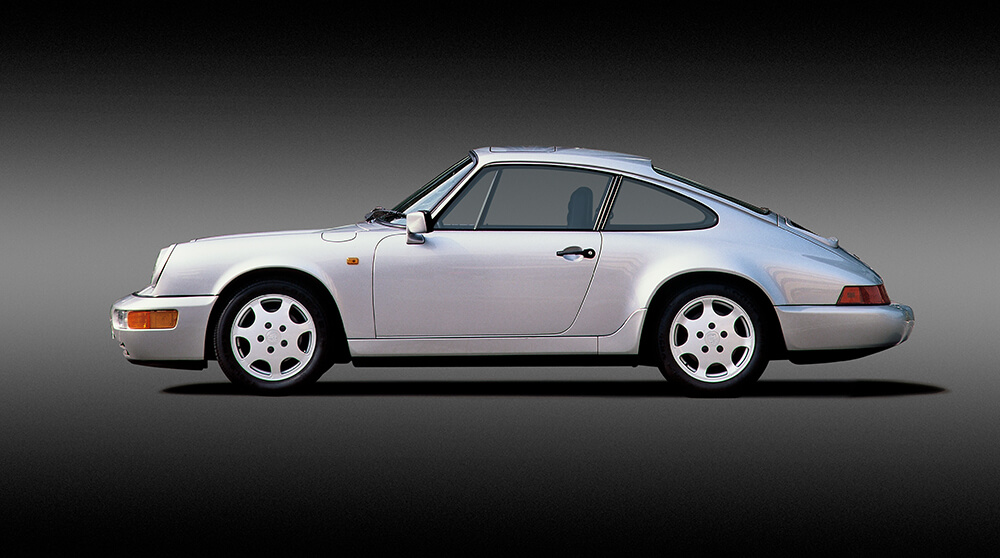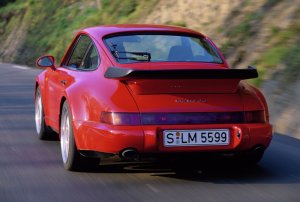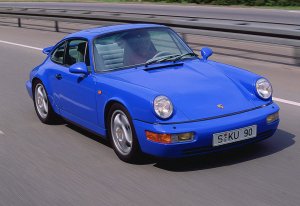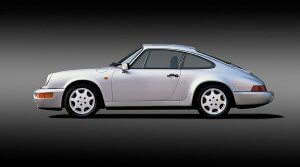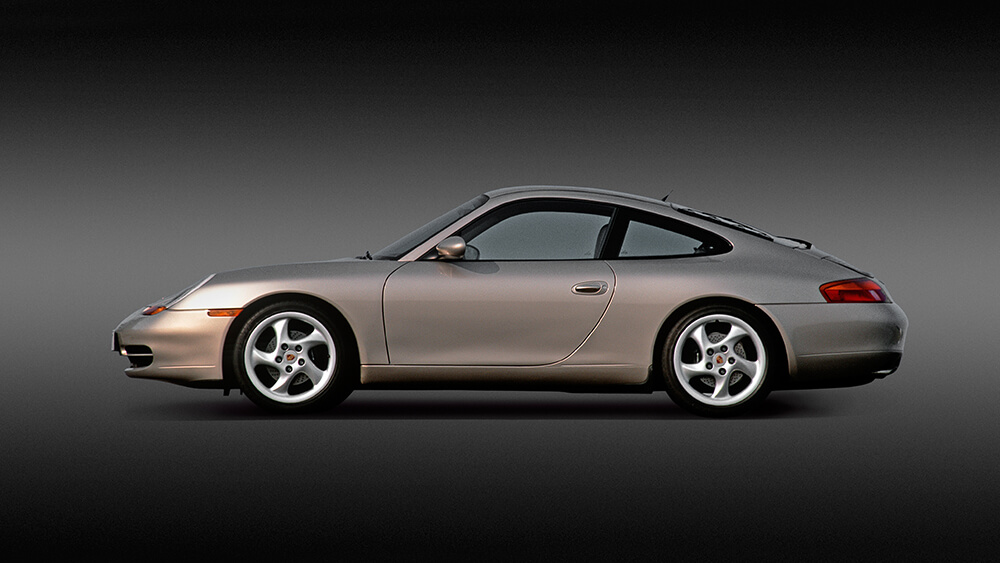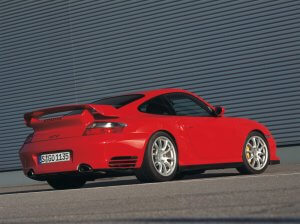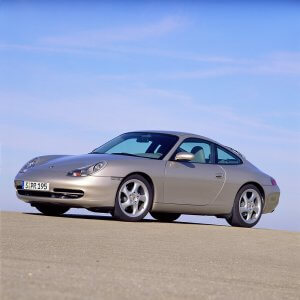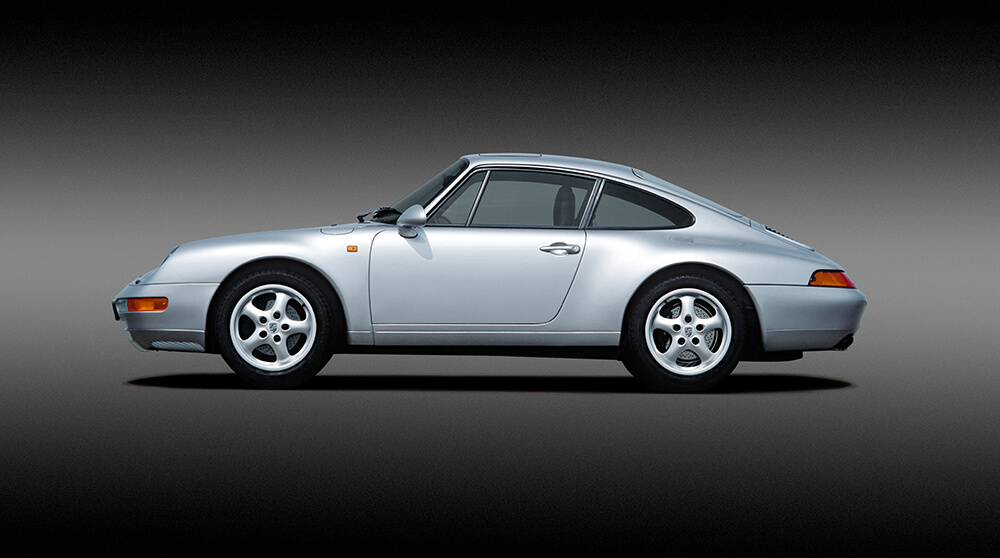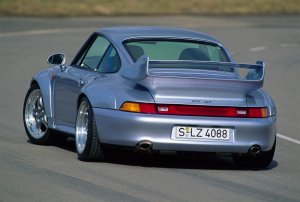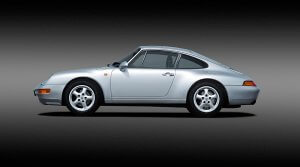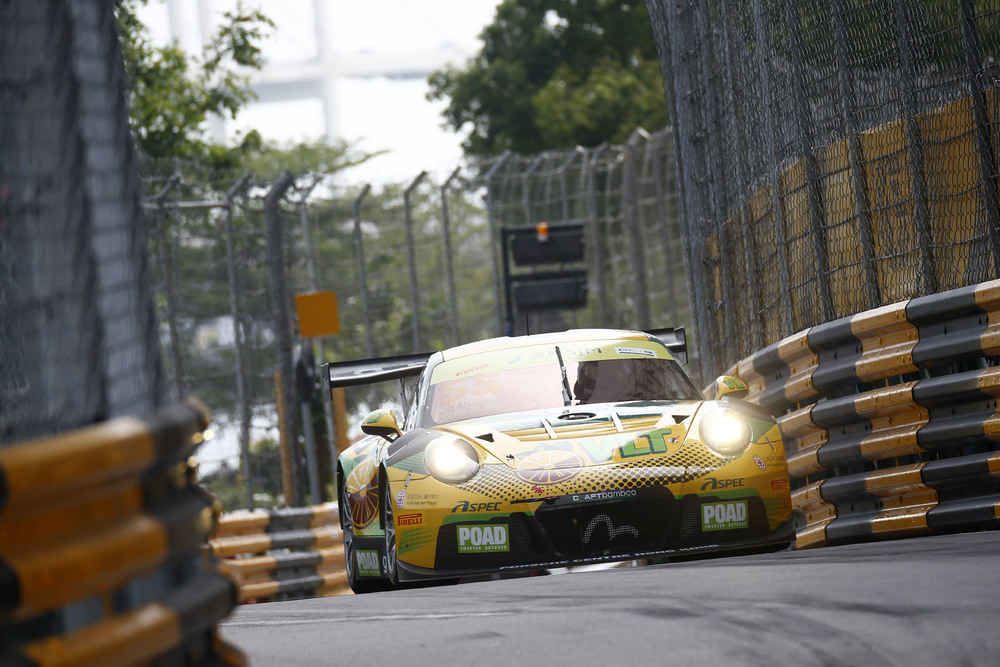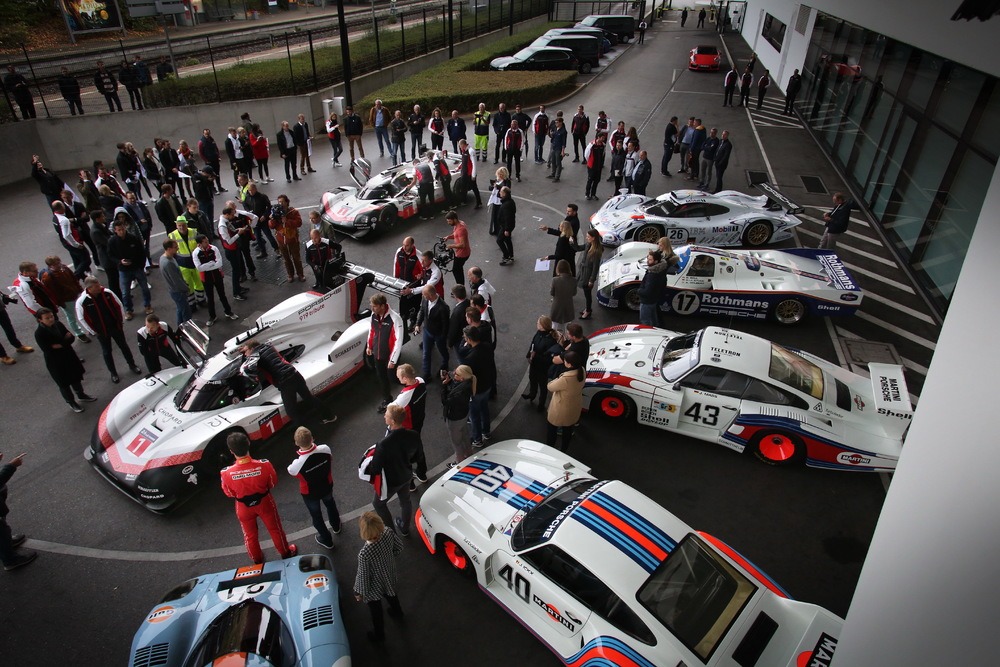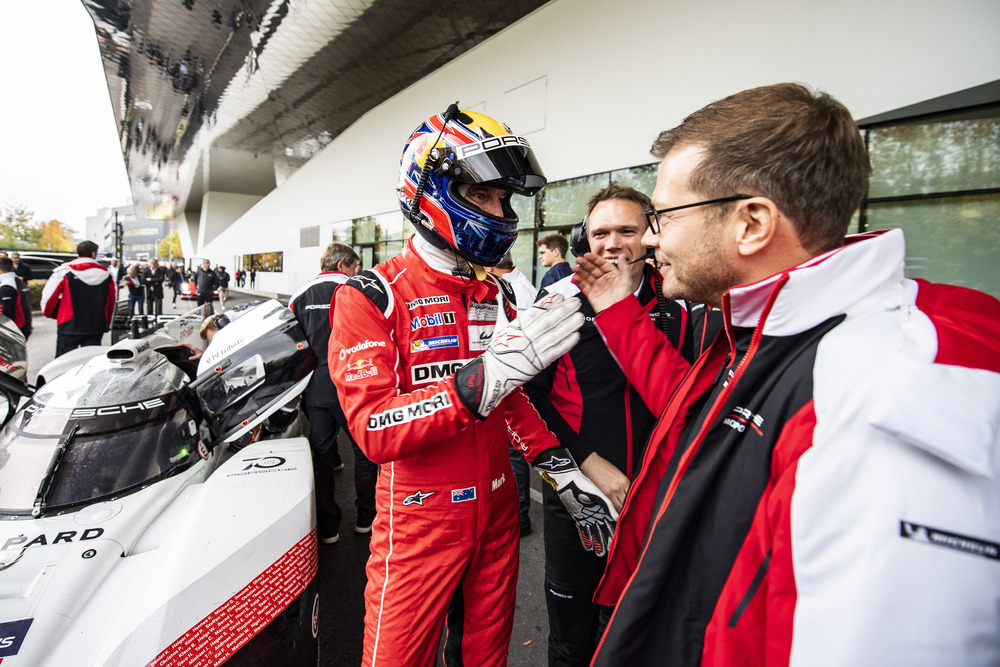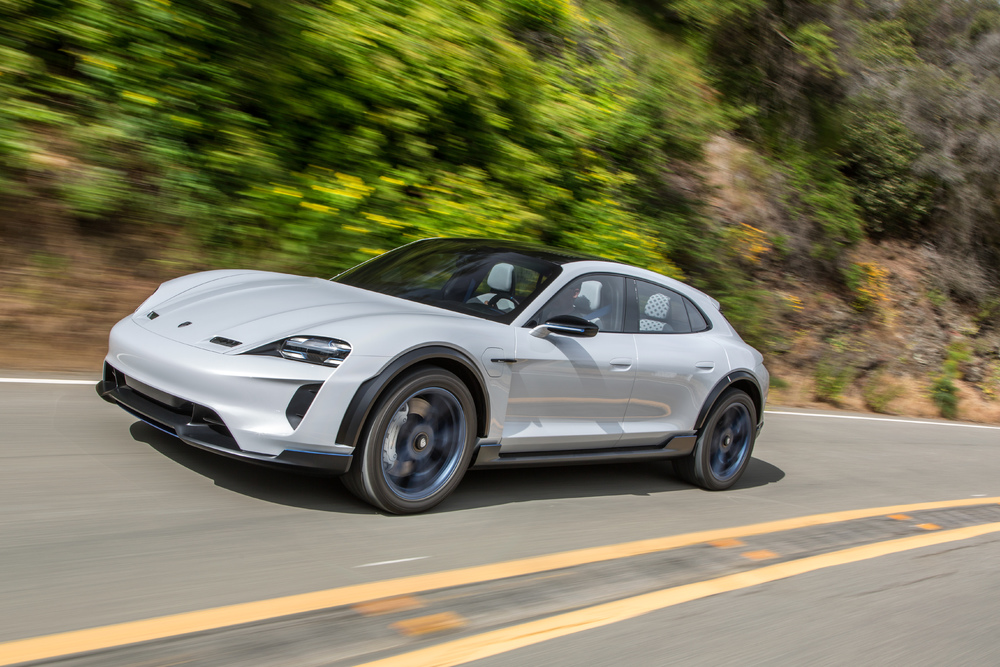Near standard and yet spectacular – the new Porsche 911 GT2 RS Clubsport celebrated its world premiere at the Los Angeles Auto Show today. The 700 PS (515 kW) racing version of the road-going 911 GT2 RS sports car is limited to 200 units and can be run at club motor sport events as well as selected race meetings.
“For the upcoming years, our customers will not only race the GT2 RS Clubsport on track days but also at international motor racing events. We are currently holding very productive talks with the race organiser SRO,” says Dr Frank-Steffen Walliser, Vice President Motorsport and GT Cars.
The technology of the race car from Weissach is based on the high-performance 911 GT2 RS sports car, just like in the 935, which Porsche unveiled nine weeks ago. Both share the same engine as their road-legal relative: a state-of-the-art 3.8-litre flat-six twin-turbo motor. Power from the rear engine is transferred via a rigidly mounted seven-speed Porsche dual clutch gearbox (PDK) to the 310 millimetre-wide rear wheels. Like in all other racing versions of the 911, the driver changes gears via ergonomically-positioned shift paddles on the steering wheel. The positioning of the engine behind the rear axle ensures excellent traction and braking performance. Six-piston aluminium monobloc racing callipers on the front axle in combination with internally ventilated and grooved steel brake discs with a 390 millimetre diameter provide excellent deceleration values at the front axle. The rear axle is fitted with four-piston callipers and 380 millimetre discs.
Like the 911 GT2 RS road car, the 1,390 kg Clubsport version is equipped with PSM (Porsche Stability Management) including traction control as well as an anti-lock braking system (ABS). Thanks to a map switch positioned on the centre console, these assistance systems can be adjusted separately or switched off completely, depending on the driving situation.
The carbon steering wheel and the colour display behind it have been taken from the 2019 Porsche 911 GT3 R race car. A massive safety cage combined with a racing bucket seat and a six-point safety harness ensure maximum safety. Air conditioning provides optimal cooling of the interior.
The new Porsche 911 GT2 RS Clubsport can be ordered now via Porsche Motorsport in Flacht, Weissach, Germany. It is priced from 405,000 Euro plus VAT. Customers will receive their vehicles from May 2019 at exclusive delivery events.
Technical description Porsche 911 GT2 RS Clubsport (Type 991, Gen. 2)
Concept:
• Single-seater near-standard non-road-homologated race car
• Basis: Porsche 911 GT2 RS (991.2)
Weight/dimensions:
• Weight: ca. 1,390 kg
• Length: 4,743 mm
• Width: 1,978 mm
• Total height: 1,359 mm
• Wheelbase: 2,457 mm
Engine:
• Water-cooled 6-cylinder aluminium twin-turbo rear-mounted boxer engine and rigid suspension; 3,800 cc; stroke 77.5 mm; bore 102 mm;
ca. 700 PS (515 kW)
• 4-valve technology with camshaft adjustment and valve-lift switchover
Vario-Cam Plus
• Electronic engine management (Continental SDI 9)
• DMSB-approved 100-cell metal catalytic converter
• Rear silencer with twin tailpipes mounted centrally
Transmission:
• 7-speed PDK gearbox with rigid suspension and short throw
• Dual mass flywheel
• Internal pressurised oil lubrication with active oil cooling
• Limited slip differential optimised for racing
Bodywork:
• Weight-optimised bodyshell in aluminium-steel composite design
• CFRP motorsport rear wing
• Enlarged air inlets with integrated LED headlights in 4-point design
• CFRP roof with removable escape hatch complying with FIA Art. 275a
• Lightweight CFRP front hood with quick release catches
• Removable CFRP rear hood with quick release catches
• 115-litre FT3 safety fuel cell, refuelling through the front hood
• Welded-in safety cage
• Recaro racing bucket seat with longitudinal seat adjustment and padding sys-tem in accordance with FIA Standard 8862/2009
• 6-point safety harness
• Air jack system (three jacks)
• Fire extinguishing system with electronic release unit
Suspension:
Front axle: McPherson suspension strut; adjustable height, camber and track, op-timised stiffness with high-performance spherical bearings, centre-locking wheel nuts; 3-way racing dampers, reinforced tie-rod; electro-mechanical power steering with variable steering ratio; blade anti-roll bar
Rear axle: McPherson multi-link rear axle; adjustable height, camber and track, optimised stiffness with high-performance spherical bearings, centre-locking wheel nuts; 3-way racing dampers, reinforced tie-rod, blade an-ti-roll bar
Brakes:
Brake system:
• Two separate brake circuits for front and rear axles; adjustable via brake bal-ance bar system
Front axle:
• Six-piston aluminium monobloc racing brake callipers with anti-knock-back piston springs; steel brake discs, internally ventilated with 390 mm diameter, racing brake pads, optimised brake cooling ducts
Rear axle:
• Four-piston aluminium monobloc racing brake callipers with anti-knock-back piston springs; steel brake discs, internally ventilated with 380 mm diameter, racing brake pads, optimised brake cooling ducts
Electrical system:
• Instrument cluster consisting of COSWORTH ICD with integrated data logger, sport Chrono watch and boost gauge in a vintage finish
• Removable Porsche steering wheel with shift paddles
• PSM (Porsche Stability Management) with ABS, Traction Control and Elec-tronic Stability Control (able to be completely switched off)
• Centre console with map switch to adjust the ABS, ESC, TC and switch
between preset tyre circumferences
• Porsche Track Precision Race App
• Integrated lap trigger
• Lightweight lithium-ion (Li-Fe-Po-) battery, 60 Ah, leakproof, mounted in pas-senger footwell
• Emergency cut-off switch in cockpit and outside left of the windscreen
• Tyre pressure monitoring system (TPMS)
• Air conditioning
Rims/Tyres:
Front axle: One-piece light-alloy forged wheels
10.5J x 18 offset 28 with centre-locking nut; Michelin transport tyres 27/65-R18
Rear axle: One-piece light-alloy forged wheels
12.5J x 18 offset 46 with centre-locking nut; Michelin transport tyres 31/71-R18
Colour:
White water-based paint
Vehicle price:
405,000 Euro plus country-specific VAT. Delivery from May 2019















